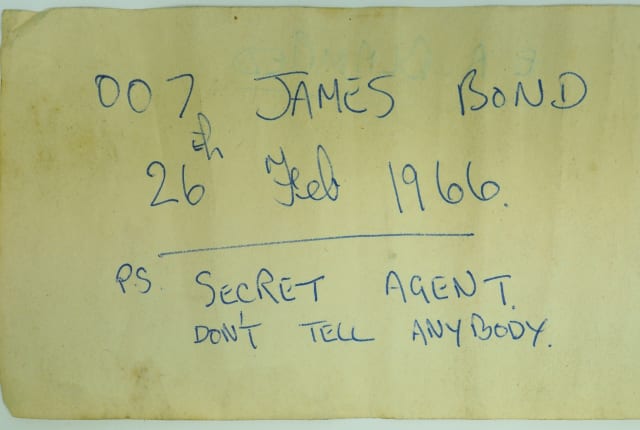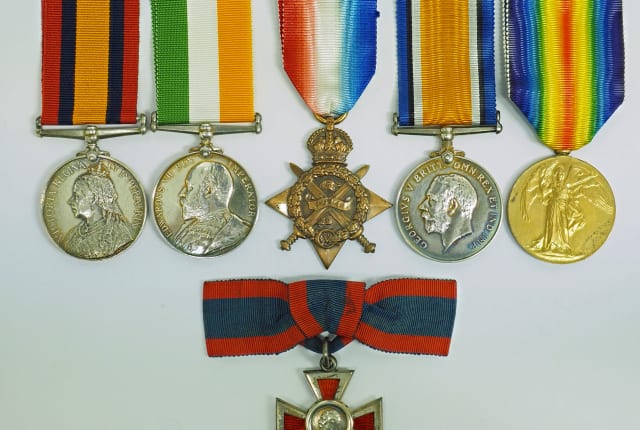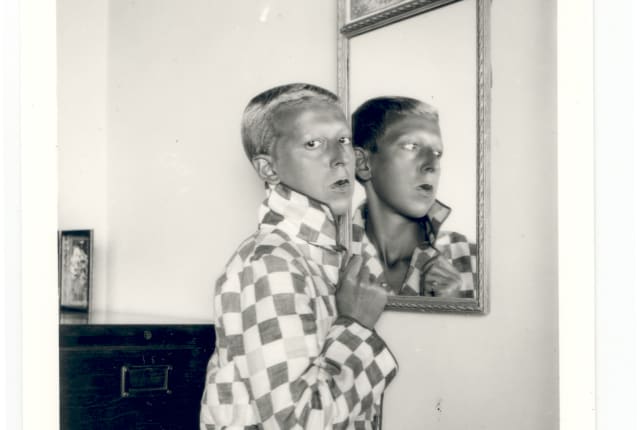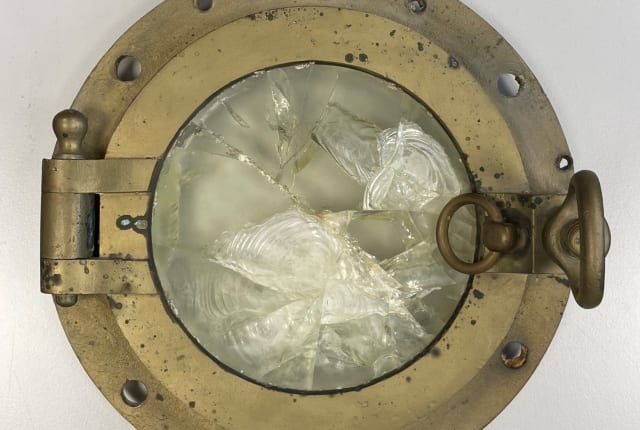
We manage an extensive collection of over 12,000 artworks connected to the Island of Jersey. The oldest portrait in the collection can be found at Mont Orgueil Castle and depicts Sir Anthony Paulet, Governor of Jersey from 1588 until his death in 1600
Sir Anthony was born in 1562, the second son of Sir Amias Paulet and Margaret Harvey. His father, Sir Amias, was Governor of Jersey from 1556-1588, a position he inherited upon the death of his father, Sir Hugh. By the time Sir Anthony assumed the position of Governor, he was the third generation of Paulet to hold this post, spanning a period of 50 years. Sir Anthony’s elder brother had pre-deceased their father, meaning the position passed to him as the eldest surviving son.
The Paulet family were one of significant social standing at the time. Sir Hugh Paulet was a skilled soldier, who made a name for himself at the Siege of Boulogne in 1544. Although Governor for almost 25 years from 1550 until 1574, Sir Hugh was absent from Jersey for much of this time. His son, Sir Amias, served as Lieut-Governor in his father’s absence, before assuming the position of Governor himself. Sir Amias was a devout Protestant and provided much support to Huguenot refugees who were pouring into Jersey around this time to escape persecution in France. Sir Amias was appointed Ambassador of France by Elizabeth I in 1576 due to his connections to many French Protestants and his fluency in the French language that he developed over the years spent in Jersey. He also served as one of the gaolers for Mary, Queen of Scots in 1585, and escorted her to the scaffold on the day of her execution.

Sir Anthony’s time as Governor was shorter than that of his father and grandfather, spanning only 12 years. The most significant event to occur during his time in this post was the construction of Elizabeth Castle, which Sir Anthony oversaw. He fell ill at the age of 38 and died a short while after. He had returned to England at this point, believing he could not get the medical attention he required in Jersey. He was succeeded as Governor by Sir Walter Raleigh in 1600.
This portrait of Sir Anthony is very typical of Tudor portraiture at the time, which blended realism and idealism to give an insight into the personality and status of the sitter. These portraits were used as propaganda or statements of power, and there is often more to these portraits than is apparent at first sight. When Sir Anthony became Governor in 1588, Jersey was under constant threat of invasion from France. It was therefore important that this painting emphasised his position as a soldier; one who was ready and able to fight to defend the Island.
The figure of Sir Anthony is life size and fills most of the painting, which overall measures 2.5m tall and 1.5m wide. Having such a large and imposing work emphasises Sir Anthony’s wealth but also creates a sense of strength and power. Sir Anthony would have dressed for this occasion. The armour, although more decorative than functional, indicates his military role. His spurs are polished, he wears his sword, and his plumed helmet sits on the table by his left hand. The baton which he holds is a symbol of power and authority. Sometimes, these batons were hollow and held the rolled-up orders of office of the bearer. On the table, alongside the helmet, is a letter addressing Sir Anthony as Governor. This confirms his commission from Elizabeth I.
In the left-hand corner behind Sir Anthony is a map of Jersey, indicating the area over which his authority extends. Mont Orgueil features prominently on the map. Sir Anthony and his father were instrumental in the rebuilding of the castle during the Tudor period, and Sir Anthony’s coat of arms and initials can still be seen above the castle’s fourth gate today, alongside those of his wife, Katherine Norreys (c.1553-1602).
The portrait is thought to be by Marcus Gheeraets, a Flemish painter who settled in England in 1568. At the peak of his career in the 1580s and 90s, he was the leading society portraitist in London. His best known work is a portrait of Queen Elizabeth I known as the ‘Ditchley’ portrait in which the queen stands on a map of England. This portrait of Elizabeth I hangs in the National Portrait Gallery in London.
The portrait of Sir Anthony was purchased by the Société Jersiaise in 1957. It was put on display in the residential apartments at Mont Orgueil in 2006 following the restoration of the keep and has been displayed there ever since.
Images
- SJA/0000/00063 – Portrait of Sir Anthony Paulet by Marcus Gheeraerts (1597)
- SJA/0000/01421 – Portrait of Sir Amias Paulet (Sir Anthony’s father). Artist unknown, 18th century copy of an earlier work.
- Modern drawing of the arms of Sir Anthony and Katherine Norreys which can be found above the fourth gate at Mont Orgueil Castle.
















